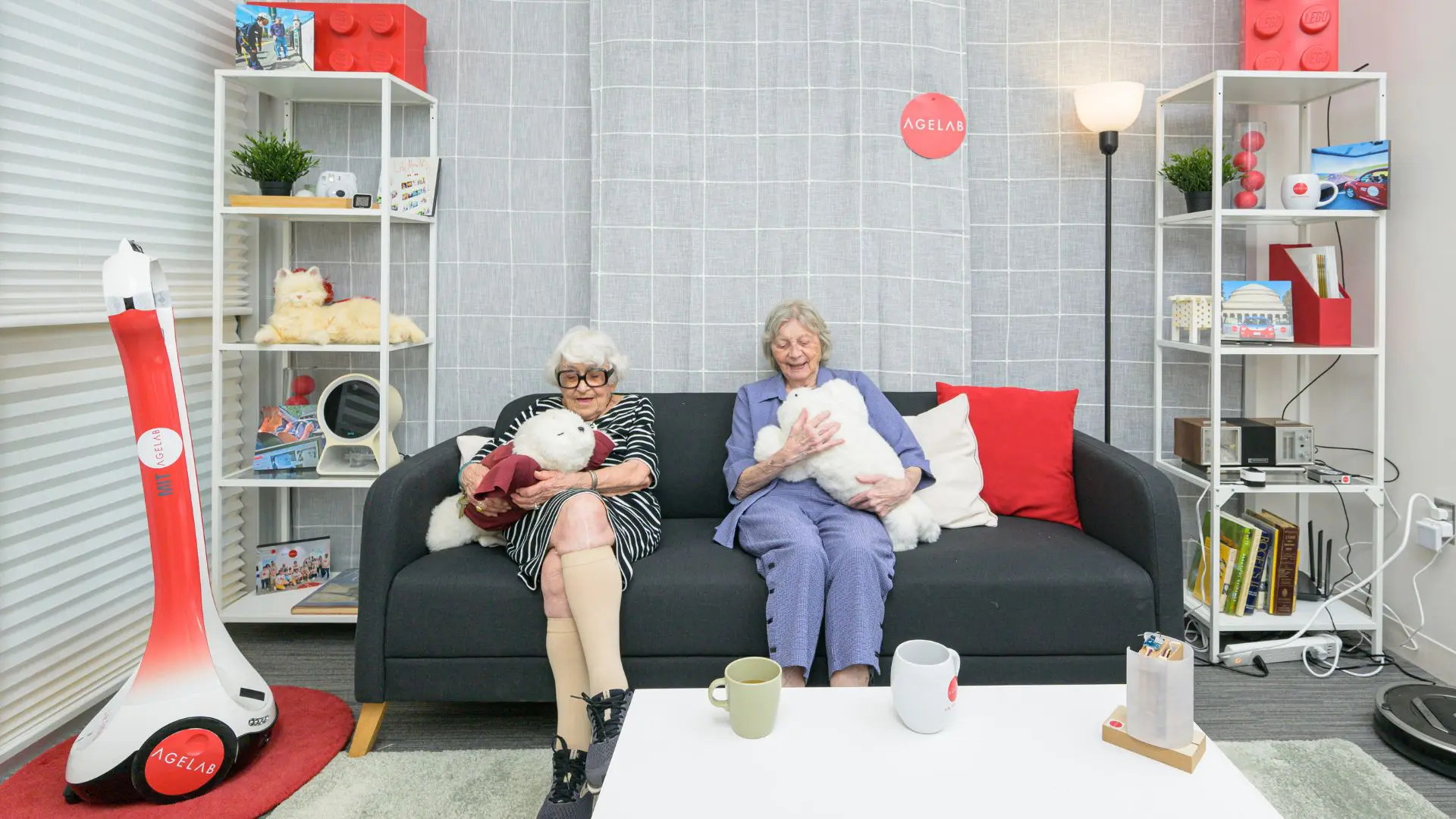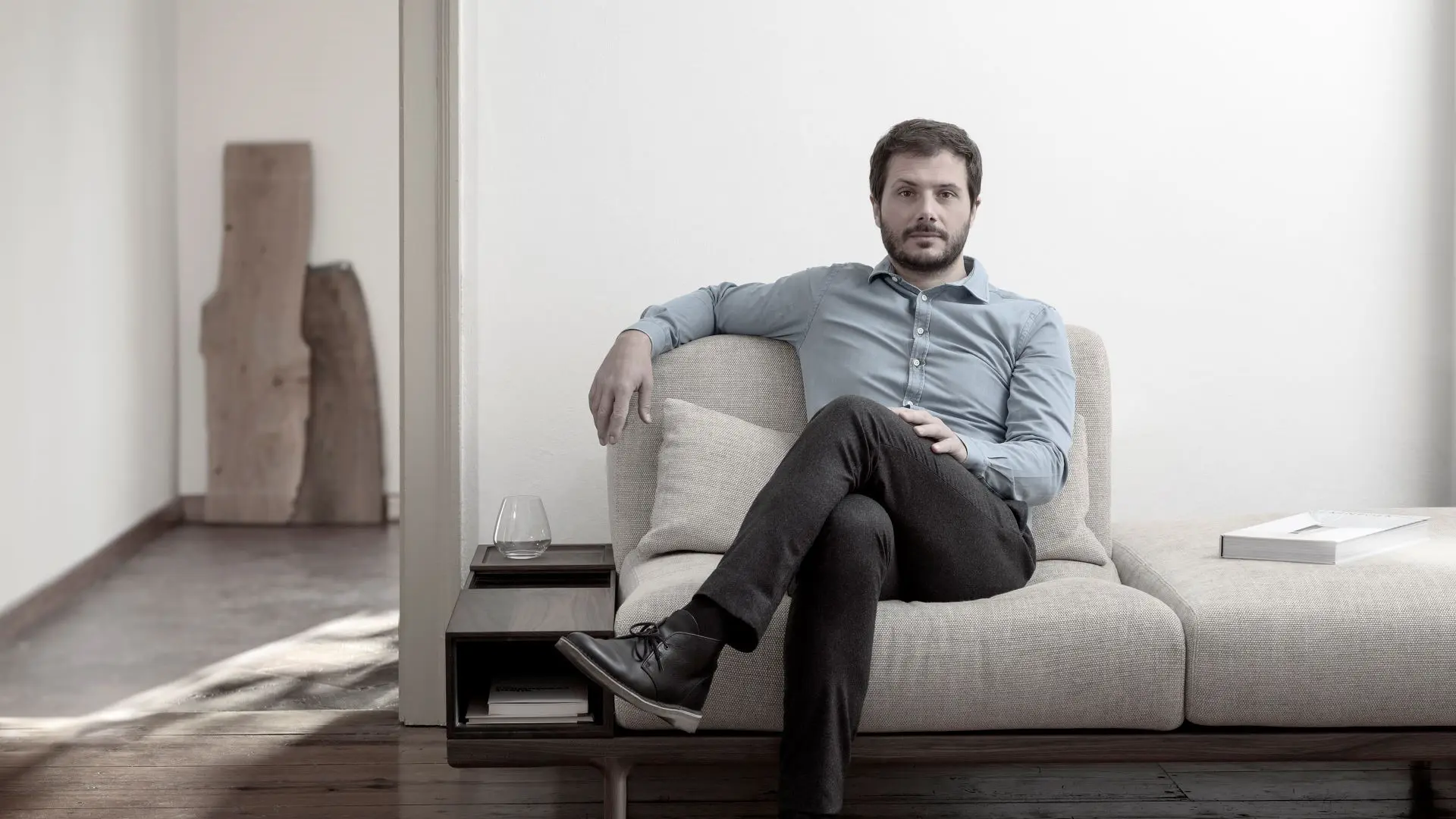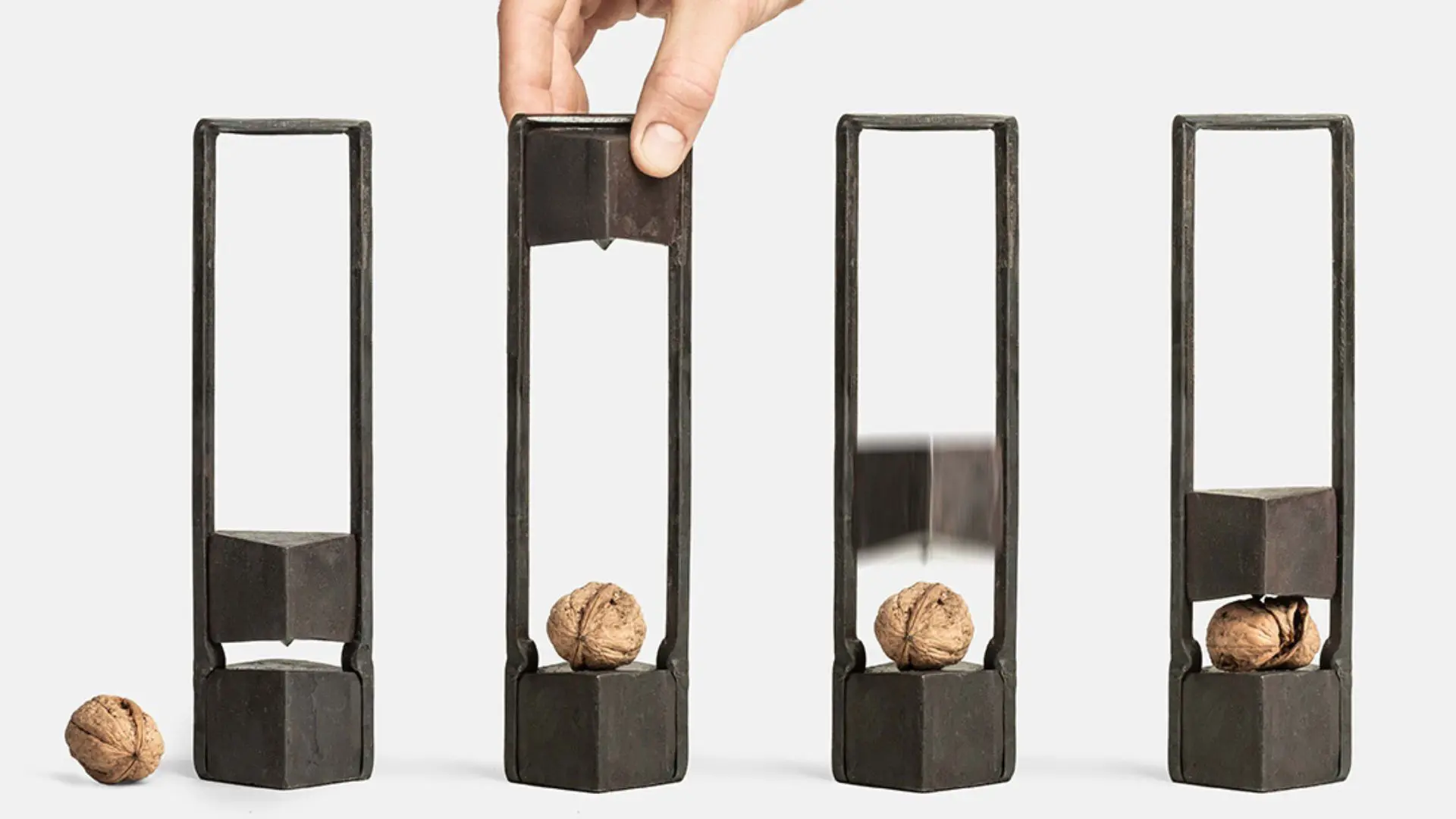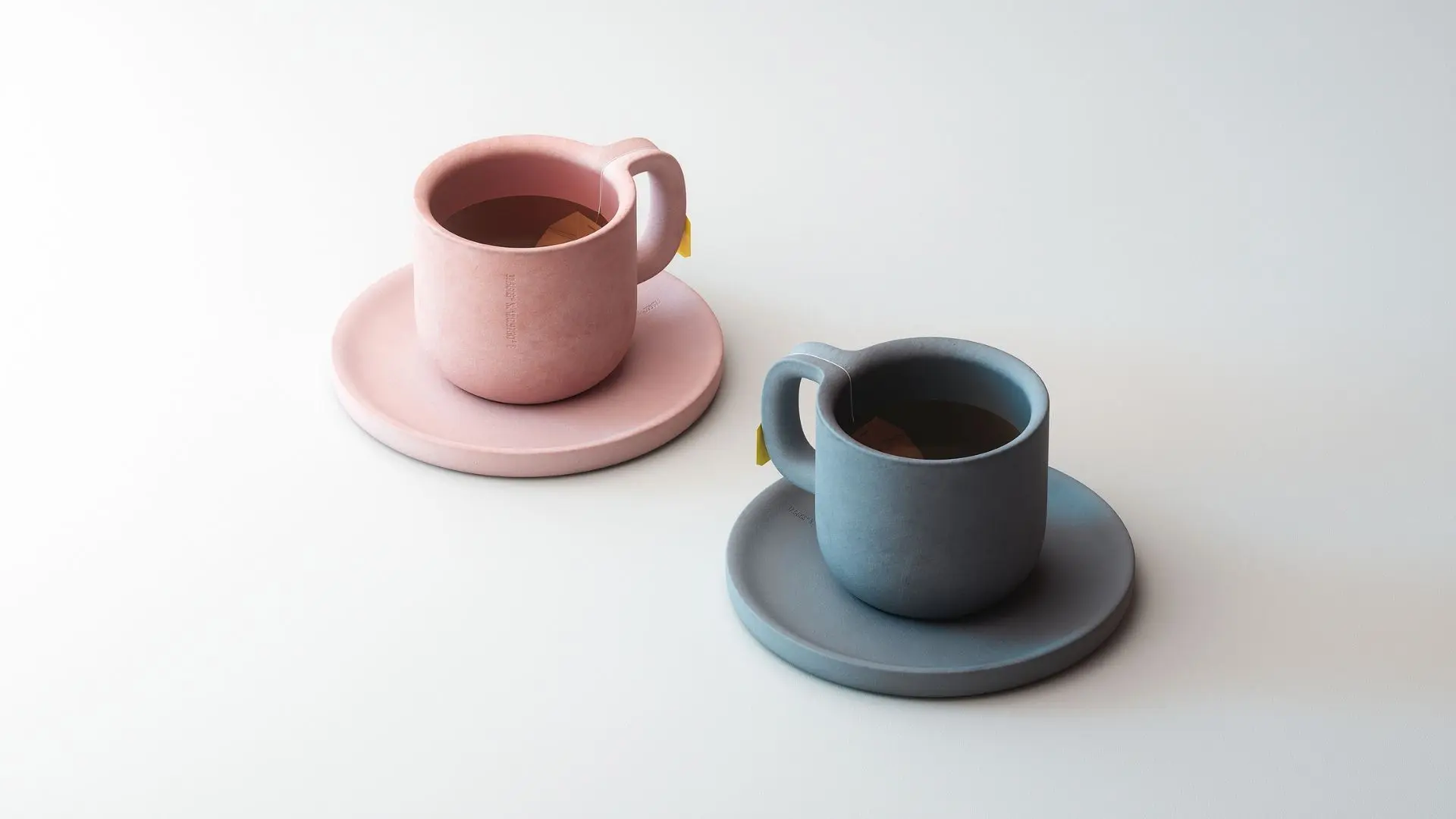What if your side table cared for you?
Bable is a new kind of companion robot designed by Abin Rajendran to seamlessly adjust to human rhythms. By resting when you do and waking to support your day, this side table builds a subtle emotional bond rooted in presence and reliability.

An object that reimagines the home robot. Designed by industrial designer Abin Rajendran, the Bable side table blurs the line between object and companion. Rather than demanding attention, it offers quiet presence. It redefines not just what a robot can do, but how it can feel—soft-spoken, ambient, and attuned to human rhythms. It proposes a future where machines don’t interrupt domestic life, but instead weave gently into it.
In robotics, we’ve grown accustomed to designs that aim to impress—machines with metallic shells, blinking sensors, and sci-fi aesthetics. But life at home isn’t about spectacle. It’s about subtlety, support, and emotional connection. A domestic robot doesn’t need to look like a robot to be intelligent. In fact, the more familiar and unassuming it appears, the more easily it integrates into our lives.
Take WALL•E, for example—the Pixar animated film that debuted over fifteen years ago, featuring a small, trash-compacting robot with expressive eyes and a heart full of longing. Despite his mechanical nature, WALL•E captivated audiences by showing deeply human traits: curiosity, empathy, loneliness, and the need for connection. His magic didn’t come from cutting-edge tech, but from the soul embedded in his simplicity.
Gallery
Open full width
Open full width
Gallery
Close full width
Close full width
Reimagining the most familiar object
That same philosophy—that technology doesn’t need to be dazzling to be meaningful—is what lies at the heart of Bable, one of three winning projects selected from over 150 international submissions to the first Call of Ideas For Business, an open design competition launched by DesignWanted in May 2025. The challenge? Rethink the side table—one of the most familiar, yet often overlooked pieces of furniture. Part of the Ideas for Business platform, the initiative invited designers to question tradition and explore new meanings, rituals, and functions for this timeless domestic object.
Among the entries, Bable stood out for how it responded to evolving notions of domestic life—prioritizing presence over performance, empathy over efficiency. In Rajendran’s hands, the side table transcends furniture to become a discreet, emotionally intelligent companion that offers ambient cues, sensors, and subtle interactions for integration into daily routines.

A robot that rests when you do
At first glance, Bable appears to be a simple, well-crafted side table. But beneath its quiet exterior lies thoughtful technology designed to move in harmony with you. At night, Bable powers down and recharges—no visible cables or docking stations. Charging is seamlessly integrated into its base, maintaining the clean, furniture-like aesthetic. This shared rest cycle reinforces Bable’s role not as a device, but as a friend that mirrors your natural rhythm.
Softness defines its behavior. A downward-facing ring light casts a gentle glow on the floor, helping users navigate the space at night without harsh illumination. It’s not about visibility—it’s about intuitive spatial awareness. The light doesn’t call attention to itself; it simply helps, just like the object from which it emanates.

By day, Bable side table continues to align with the user’s natural routine. A small built-in drawer keeps daily essentials within reach, while ambient sensors and subtle notifications provide unobtrusive assistance. But its greatest achievement is how effortlessly it blends in. As Rajendran explains: “Bable is a new kind of companion robot designed for the next generation of humanity. By resting when you do and waking to support your day, Bable builds a subtle emotional bond rooted in presence and reliability.”













